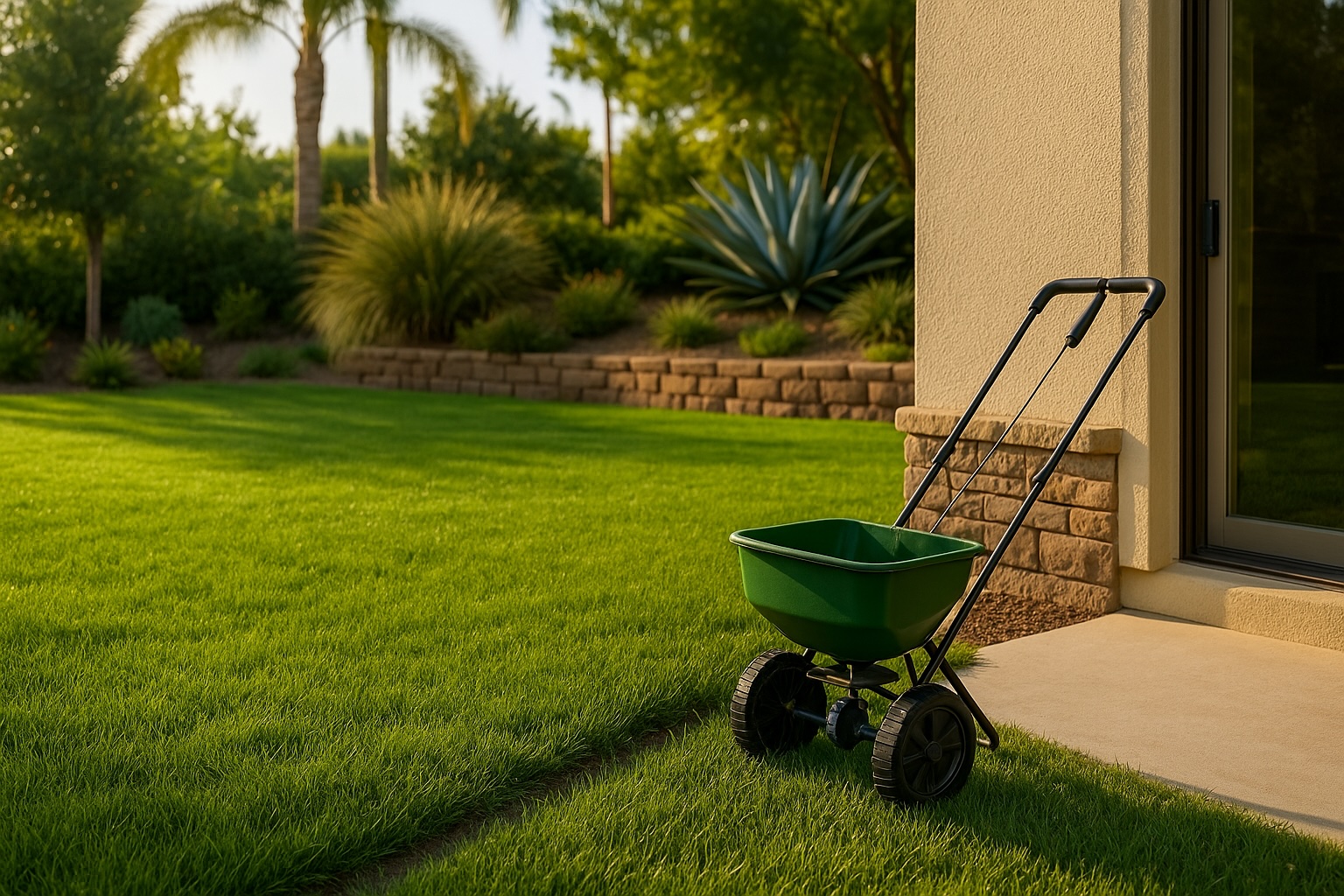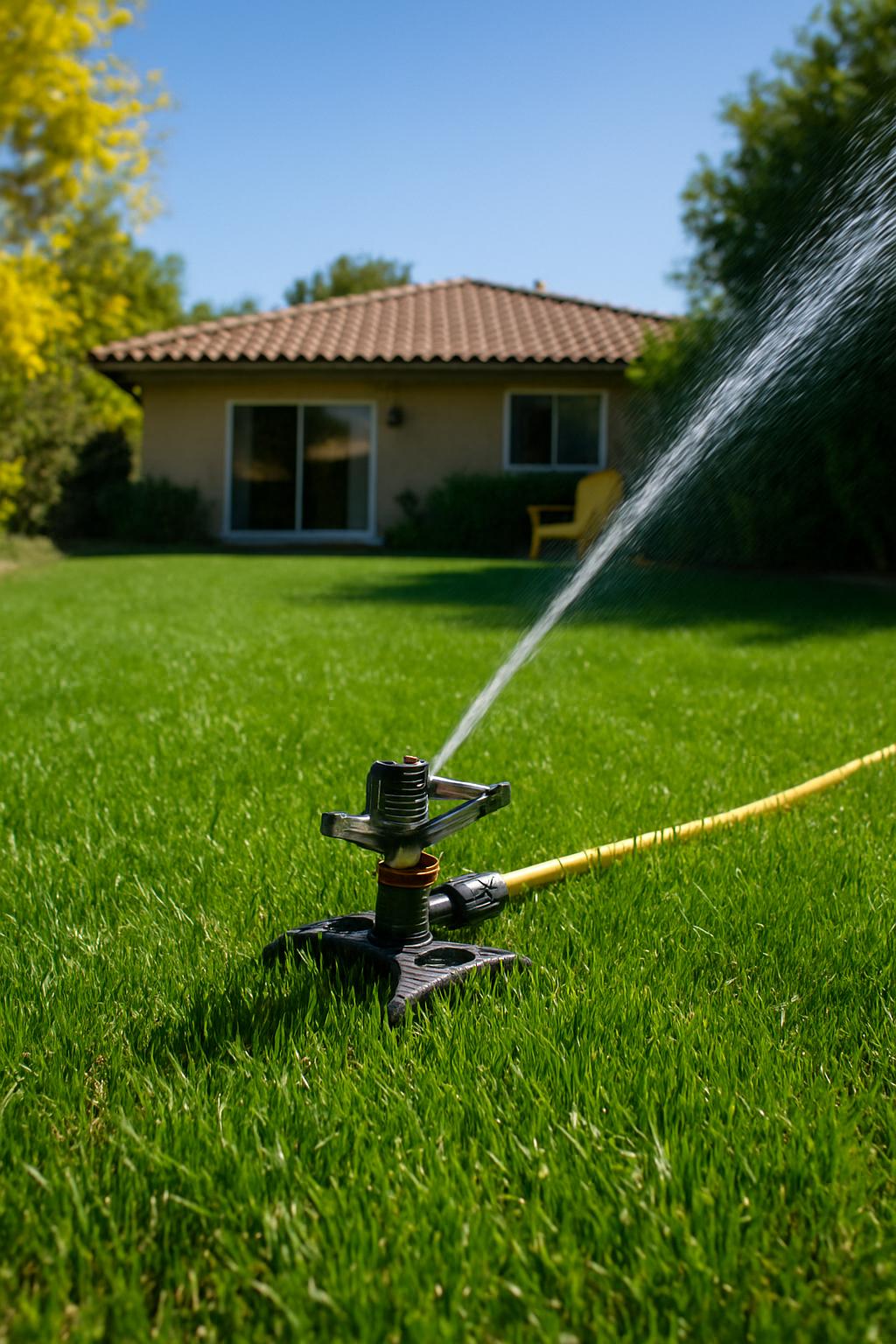
Maintaining a beautiful lawn in Gilbert, Arizona, is no small feat. Between the intense sun, compacted soil, and inconsistent rainfall, weeds find ideal conditions to thrive. To keep your turf healthy and attractive, it’s critical to identify and address common weed species using the right tools, techniques, and timing. This guide covers the top offenders in Gilbert and how local homeowners can treat them effectively and safely.
Why Lawn Weeds Thrive in Gilbert’s Climate
Gilbert’s warm, dry climate (USDA Zone 9b) means lawns are often stressed by heat and drought, creating open spaces for weeds to take root. Poor soil quality, overwatering, or mowing too short can also reduce turf density—allowing opportunistic weeds to establish themselves quickly.
Top Weed Species Found in Gilbert Lawns
- Bermudagrass (when unwanted): Though used as turf, it spreads aggressively into garden beds or neighbor lawns.
- Nutsedge: Grass-like weed with triangular stems that thrives in wet or poorly drained soil.
- Dandelion: A broadleaf perennial with deep taproots and fluffy seed heads that spread rapidly.
- Spurge: Low-growing with red stems and milky sap, often invades dry, compacted areas.
- Crabgrass: A summer annual with coarse blades that spreads in bare spots and unshaded patches.
Weed Identification Tips for Gilbert Homeowners
Use a pocket guide or app like PictureThis or iNaturalist to identify unfamiliar plants. Check leaf shape, root system, growth pattern, and flowering behavior. Knowing what you’re fighting is essential for selecting an appropriate control strategy.
Timing is Everything: Seasonal Strategies
- Spring: Apply pre-emergent herbicides in March to prevent crabgrass and other summer weeds.
- Summer: Spot-treat visible weeds with selective post-emergent sprays safe for your grass type.
- Fall: Aerate and overseed to boost turf density and crowd out fall-germinating weeds.
- Winter: Monitor for winter annuals like henbit or chickweed; hand-pull or treat early.
Weed Control Methods that Work in Gilbert
- Manual Removal: For isolated or broadleaf weeds, hand-pulling (roots and all) can be effective, especially after rain or irrigation.
- Spot-Treatment: Use targeted post-emergent herbicides on persistent weeds. Look for products labeled safe for warm-season grasses like Bermuda or Zoysia.
- Pre-Emergent Products: Apply pre-emergent herbicides like pendimethalin or prodiamine in early spring and late fall to stop seeds from germinating.
- Organic Alternatives: Vinegar-based herbicides or flame weeders can be used in cracks or along hardscapes but should be applied carefully near turf.
Preventing Future Weed Infestations
The healthiest lawns are the most weed-resistant. Follow these key practices:
- Mow high and often—removing no more than ⅓ of the blade at a time.
- Aerate annually to reduce compaction and allow roots to breathe.
- Fertilize based on a soil test to avoid stressing your lawn with too much nitrogen.
- Water deeply and infrequently to support strong root growth and discourage shallow-rooted weeds.
Local Weed Management Considerations
In Gilbert, always check for HOA or city ordinances regarding chemical use. The Town of Gilbert may restrict the use of certain herbicides near stormwater channels or public rights-of-way. You can also connect with the Maricopa County Cooperative Extension for up-to-date recommendations and free turf workshops.
Frequently Asked Questions
- When should I apply pre-emergent in Gilbert?
- Early March for summer weeds and early October for winter weeds. Timing is based on soil temperature, not calendar date.
- Are vinegar-based herbicides safe for my lawn?
- No, vinegar solutions are non-selective and will kill turfgrass along with weeds. Use only in non-lawn areas.
- Can I overseed to fight weeds?
- Yes! A thick lawn prevents weed seeds from establishing. Overseed with a compatible grass blend in fall for best results in Gilbert.







